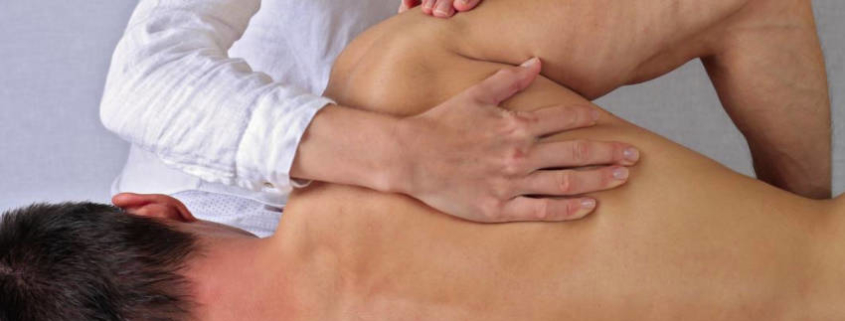Difference Between Osteopathy And Body Stress Release
Dr Andrew Taylor Still, an American medical doctor and surgeon, founded osteopathy in 1874. He is widely considered the first physician in the Western world to have treated each patient as a whole, while searching for the cause of dysfunction rather than treating the symptoms. D D Palmer enrolled in Still’s osteopathic school in 1894 and founded chiropractic the following year.
All osteopaths complete a 4-year degree, and in South Africa they are registered with the Allied Health Professions Council of South Africa. This qualifies them to practise osteopathy under the title of ‘Doctor’. Osteopaths have a solid background in anatomy, physiology, neurology, orthopaedics, pathology, diagnosis, biomechanics, clinical skills and paediatrics, which provides them with essential diagnostic skills and gives the treatment they provide a sound medical basis.
Osteopathy is a ‘hands-on’ manual therapy that does not simply look at the presenting symptoms. Osteopaths believe that symptoms often in fact conceal the underlying cause of disease. By looking closely at the significance of any alteration in structure or function of the joints, muscles, ligaments, bones and connective tissue, an osteopath is able to interpret whole patterns of aches, pains and general health problems. In many parts of the body osteopathic treatment can restore normal movement in areas that have become dysfunctional, enabling the tissues to repair themselves naturally.
Body Stress Release
Drs Gail and Ewald Meggersee have researched and developed the technique of Body Stress Release (BSR) since 1981, and the South African Body Stress Release Association was formed in 1988.
When the stresses of life, whether mechanical, chemical or mental/emotional, build up to a level to which the body is unable to adapt, the tension is stored in physical structures. This is termed body stress, and it may result in pain, stiffness, numbness or postural distortions. In addition, the impact on the body’s communication network undermines the normal functioning of organs and systems.
With the person fully clothed and lying down, the practitioner carries out a series of tests to locate the exact sites of body stress, and determines the precise directions of the lines of tension. This is done by applying light pressure to various points on the body, and observing the response. The practitioner then applies stimuli by means of light but definite pressure in the directions necessary to encourage the body to release the stored tension.
As the body stress is released, communication is enhanced and the self-healing capacity of the body is restored.
BSR is not a diagnosis or treatment of any condition or disease – it is a non-therapeutic, complementary life-enhancing health care technique. The BSR practitioner training course is conducted exclusively at the BSR Academy on the Garden Route in the Western Cape. It is an intensive full-time 5-month course, covering anatomy, principles and philosophy of BSR, BSR technique, communication, client management, office procedures and a study of the BSR constitution which ensures professional conduct. The course terminates with a 3-week apprenticeship.
The BSR Association is a member of COCHASA (the Confederation of Complementary Health Associations of South Africa) and the BCMA (British Complementary Medicine Association). The BSR International Association includes member associations in the UK, The Netherlands and New Zealand, and has members in Namibia, Belgium, Germany, Greece, Sweden, Iceland, Australia, the USA, Canada, Japan and Curacao.
View a list of common complains that Osteopathy can assist with
Discovery the benefits of Osteopathy
- What is Osteopathy?
- Adult health issues
- Babies and Children
- During and after pregnancy
- Common Complaints
- Testimonials
- Sports Injuries
- Genral Osteopathy FAQs
- The Science & Reasearch



